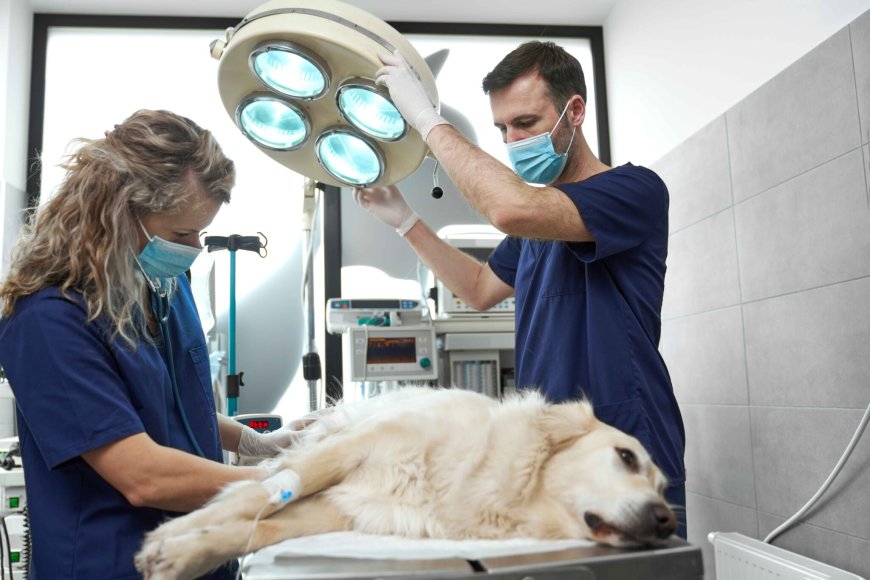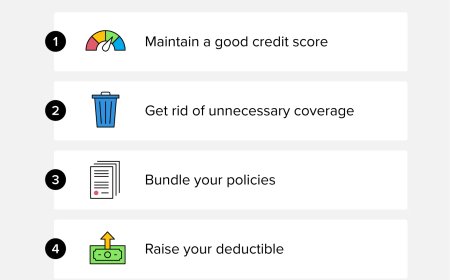After-Hours Emergency Veterinarian Services: Why Quick Action Could Save Your Pet’s Life
Emergency Veterinarian Services

When it comes to our furry friends, wed move mountains to keep them safe. But emergencies dont come with a warning signthey can happen in a blink. Whether its your pup limping after a tumble, or your cat suddenly seizing, knowing where to turn can mean the difference between life and loss.
So, how can you prepare for the worst while hoping for the best? This guide breaks down the common pet emergencies and howemergency veterinarian servicescan step in when time is of the essence.
What Exactly Is a Pet Emergency?
A pet emergency is any sudden injury or illness that requires immediate medical care. These situations can escalate quickly, so it's important to recognize the signs and act fast. Think of it like a 911 situation for your petits not the time for wait-and-see.
1. Broken Bones & Fractures: More Than Just a Limp
One of the most common emergencies for pets is a fractured bone. Whether its a leap gone wrong or an unfortunate car accident, fractures need fast attention.
What to Watch For:
-
Limping or avoiding putting weight on a limb
-
Visible swelling or deformity
-
Whimpering or vocalizing pain
Until you can get to the vet, try to keep your pet calm and immobile. Avoid touching the affected limb, and transport them carefully.
2. Seizures: Scary, but Manageable
A seizure in a pet is a distressing sight, but staying calm is key. Causes range from epilepsy to toxin ingestion.
Common Signs Include:
-
Twitching or convulsions
-
Drooling or foaming at the mouth
-
Loss of awareness or consciousness
Clear the area to keep your pet safe and call your emergency vet right away. Keep track of how long the seizure laststhis helps your vet determine the best treatment.
3. Open Wounds: When Every Drop Counts
Deep cuts or bites can lead to major blood loss or infection. Dog wound treatment isnt just about cleaning upits about preventing long-term complications.
First Aid Tips:
-
Apply clean gauze and light pressure to stop bleeding
-
Dont use human antisepticsmany are toxic to pets
-
Keep the wound clean and head to the emergency clinic ASAP
If the wound gets infected, it can spread quickly and cause systemic illness.
4. Poisoning: Curiosity Can Be Dangerous
Pets explore with their mouths, and unfortunately, that sometimes means ingesting something dangerous. From chocolate and onions to cleaning products and human medications, the list is long.
Symptoms of Toxicity:
-
Vomiting or diarrhea
-
Shaking or seizures
-
Drooling or labored breathing
Callvet poison controlor your local emergency vet immediately. Time is of the essencesome toxins act within minutes.
5. Kidney Issues in Dogs: A Silent Threat
A dog kidney issue can sneak up quietly but worsen quickly. While its usually a chronic condition, sudden flare-ups can turn into emergencies.
Look Out For:
-
Changes in urination habits
-
Vomiting, diarrhea, or appetite loss
-
Lethargy or weakness
Prompt treatment can prevent further damage and stabilize your dogs condition. Long-term care may involve dietary changes and regular monitoring.
Why Emergency Vets Are a Must-Have for Pet Parents
You might wondercant I just wait until my regular vet opens? Heres why emergency vet clinics are worth their weight in gold:
1. 24/7 AvailabilityMost emergencies happen at the worst timeslate nights, weekends, holidays. Emergency clinics are open when your usual vet is not.
2. Specialized Tools and TrainingEmergency vets have advanced equipment like digital X-rays, ultrasounds, and in-house labs. Theyre trained to act fast and handle trauma cases, poisoning, and intensive care.
3. Immediate TreatmentFrom IV fluids and oxygen support to surgery and pain management, emergency care means your pet doesnt have to wait for help.
4. Peace of MindTheres no greater relief than knowing someones there to help when panic sets in. Having a go-to emergency vet provides comfort in chaos.
5. Financial Planning MattersEmergency vet visits can be pricey. Consider pet insurance or start an emergency fund so youre not caught off guard when minutes matter.
Be Prepared: Your Emergency Pet Checklist
Know Your Clinic:Save the address and number of your nearest emergency veterinarian service.
Build a Pet First-Aid Kit:Include gauze, saline solution, digital thermometer, and vet contact info.
Recognize the Signs:Educate yourself on the symptoms of common emergencies.
Stay Calm:Your pet takes emotional cues from youyour calm can keep them steady.
Prevent When Possible:Lock up toxic substances, watch outdoor play, and keep dangerous foods out of reach.
Final Thoughts: Your Pet Deserves a Lifeline
Emergencies are stressful, but you dont have to go through them unprepared. From seizures and fractures to dog wound treatment anddogs kidney issues, knowing when and where to seek emergency help is crucial.
Your pet depends on you to be their advocate. In a crisis, being informed and acting quickly could save their life.
Dont wait until its too late. Saveyour local emergency vets numbernow and share this guide with fellow pet parents. Your future selfand your petwill thank you.







































